4B DESIGN STUDIO SPRING 2014: THE VOSS SPA – P1
Coordinator: Andrew Levitt
This summer, the Comprehensive Building Design Studio focuses on a site in Vossevangen, Norway. Students are asked to design a spa for use by both local people and visiting tourists. The programme includes saunas, treatment rooms, a movement studio, communal kitchen, accommodation rooms, and camping areas.
In the P1 assignment, projects were developed to a working schematic level in preparation for detailed technical design. Sustainability and accessibility formed a key part of the conversation, along with cultural heritage, materials, and spa experience.
Renderings, drawings, and project summaries, submitted by students from their P1 presentation material, follow in alphabetical order.
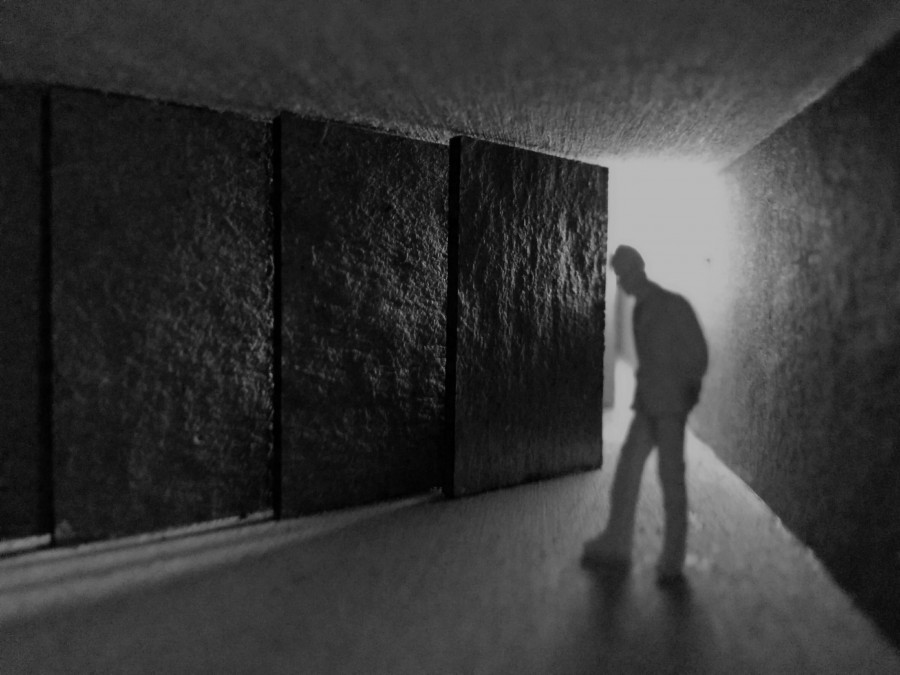 KYLE BRILL: The spa is a space of removal, sunken into the earth, removed, yet intimately connected to its context. It immerses itself into the roughness of rock, the scents of earth, the coolness of water, the chill of mountain air, and the warmth of fire. The site is slow; it is the result of natural and geological processes that work over the course of millennia. The spa removes visitors from the direct experience of the place and puts them into an environment that is animated by deep shadow, the constantly changing and ethereal Nordic light, and the roughness of its walls. It is a space that is protecting, embracing; it encloses and does not expose.
KYLE BRILL: The spa is a space of removal, sunken into the earth, removed, yet intimately connected to its context. It immerses itself into the roughness of rock, the scents of earth, the coolness of water, the chill of mountain air, and the warmth of fire. The site is slow; it is the result of natural and geological processes that work over the course of millennia. The spa removes visitors from the direct experience of the place and puts them into an environment that is animated by deep shadow, the constantly changing and ethereal Nordic light, and the roughness of its walls. It is a space that is protecting, embracing; it encloses and does not expose.
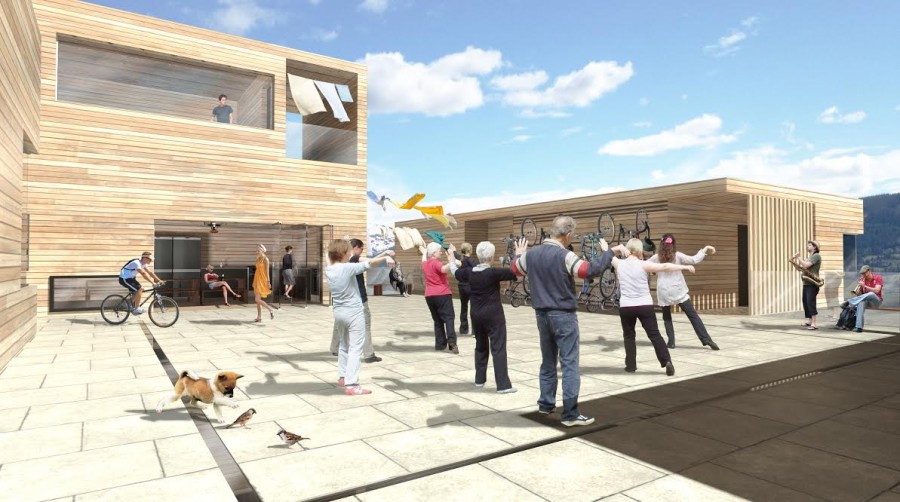 FELIX CHEONG: Above is an exterior daytime render of the central communal space, which is based on the concept of a traditional Norwegian tun, common in farmsteads. The tun is the outdoor living space created by the arrangement of various buildings, and acts as a flexible gathering space for a wide range of activities. Depicted are some possible uses for this courtyard.
FELIX CHEONG: Above is an exterior daytime render of the central communal space, which is based on the concept of a traditional Norwegian tun, common in farmsteads. The tun is the outdoor living space created by the arrangement of various buildings, and acts as a flexible gathering space for a wide range of activities. Depicted are some possible uses for this courtyard.
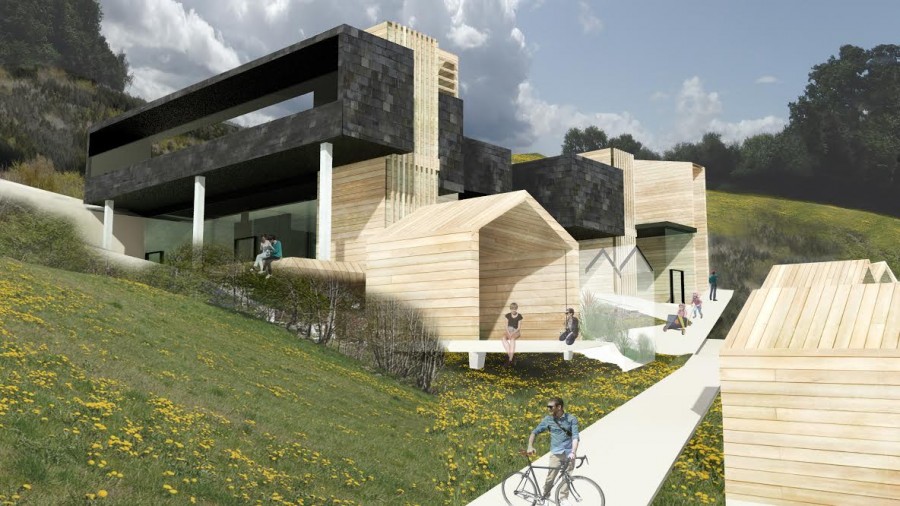 RACHEL COHEN-MURISON: Norway is a country of contrasts, and the tradition of the spa allows for contrast to flourish. Emerging from an individual massage, a spa-goer can choose to enter a different environment, whether contemplative or social, to gather their thoughts. Interstitial spaces provide places for healing. Individual residences are single units where bird-watching, meditation, or rest can take place. The residences and camping platforms emerge from the landscape, emphasizing the significant slope. These vertical elements follow a grid which continues on into the plan of the spa building. Stairwells and solar chimneys rise up from the ground as supports, connecting the levels of the spa.
RACHEL COHEN-MURISON: Norway is a country of contrasts, and the tradition of the spa allows for contrast to flourish. Emerging from an individual massage, a spa-goer can choose to enter a different environment, whether contemplative or social, to gather their thoughts. Interstitial spaces provide places for healing. Individual residences are single units where bird-watching, meditation, or rest can take place. The residences and camping platforms emerge from the landscape, emphasizing the significant slope. These vertical elements follow a grid which continues on into the plan of the spa building. Stairwells and solar chimneys rise up from the ground as supports, connecting the levels of the spa.
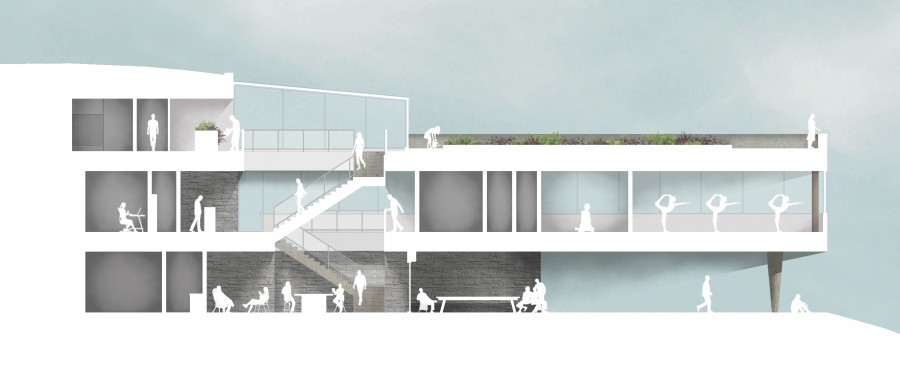 STEPHANIE FLEMING: The spa interprets the idea of immersion in nature in two ways: immersion of the building within the slope of the land and immersion of the building within the landscape and its exterior conditions. The sequences throughout the building are characterized by movement from within the earth out to the landscape and the hub of these sequences is the central atrium that stacks the communal programs.
STEPHANIE FLEMING: The spa interprets the idea of immersion in nature in two ways: immersion of the building within the slope of the land and immersion of the building within the landscape and its exterior conditions. The sequences throughout the building are characterized by movement from within the earth out to the landscape and the hub of these sequences is the central atrium that stacks the communal programs.
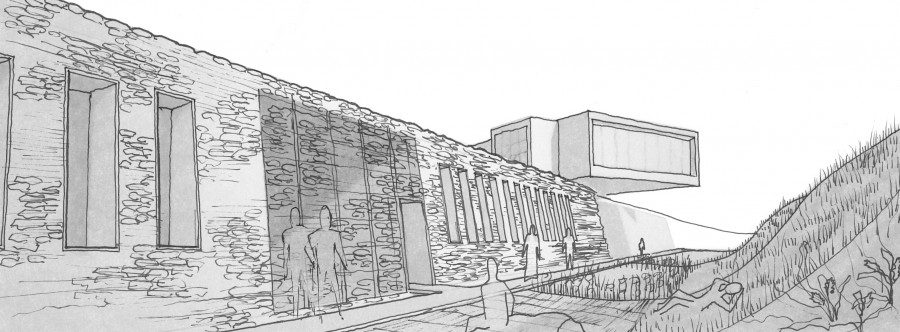 SAMUEL GANTON: Different programs correspond to different manipulations of the ground. The spa, a place where the body is exposed and refreshed, is excavated deep into rock, and excavated stone is displayed on on its facade. Cabins for guests are carved into a linear mound of earth. The communal kitchen is in a floating volume above, oriented to views and light, overlooking an outdoor living space hollowed out of the hillside.
SAMUEL GANTON: Different programs correspond to different manipulations of the ground. The spa, a place where the body is exposed and refreshed, is excavated deep into rock, and excavated stone is displayed on on its facade. Cabins for guests are carved into a linear mound of earth. The communal kitchen is in a floating volume above, oriented to views and light, overlooking an outdoor living space hollowed out of the hillside.
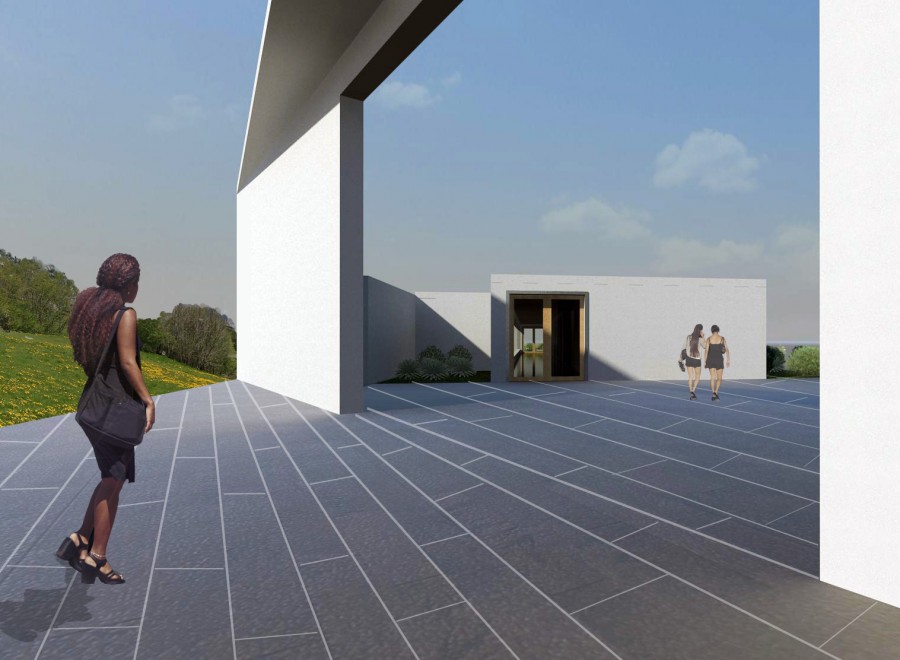 NATALIE HUI: The facade of the building becomes a device that frames the landscape and mediates between the massive scale of nature and the human scale. Studies have indicated that memory is heightened by zooming in our focus and physically engaging the frame. The frame is scaled to cinematic proportions of 16:9.
NATALIE HUI: The facade of the building becomes a device that frames the landscape and mediates between the massive scale of nature and the human scale. Studies have indicated that memory is heightened by zooming in our focus and physically engaging the frame. The frame is scaled to cinematic proportions of 16:9.
 SIMON MCKENZIE: In Norway there is a rooted sense of place in the landscape, a visceral connection to material and nature. This is balanced by perpetual curiosity. There is a constant questioning of what the good life is and a continuous quest for innovation. This project explores a dialectic of the familiar and the unique, the traditional and the radical. I wanted to create spaces that connected with individuals on a more universal level, so I looked for other precedents where the rational and irrational blend together. An example is the moment just before falling asleep or after waking up, the intersection of waking life and the dream state. At this crossroad, anything is possible. Houses can float. Your mind can free itself of its body and experience light, material, color, texture, in a sublime and meaningful way. Bachelard would call this “oneiric” space, defined as a bridge between the physical world and that of reverie, or an intense yearning for the unnecessary.
SIMON MCKENZIE: In Norway there is a rooted sense of place in the landscape, a visceral connection to material and nature. This is balanced by perpetual curiosity. There is a constant questioning of what the good life is and a continuous quest for innovation. This project explores a dialectic of the familiar and the unique, the traditional and the radical. I wanted to create spaces that connected with individuals on a more universal level, so I looked for other precedents where the rational and irrational blend together. An example is the moment just before falling asleep or after waking up, the intersection of waking life and the dream state. At this crossroad, anything is possible. Houses can float. Your mind can free itself of its body and experience light, material, color, texture, in a sublime and meaningful way. Bachelard would call this “oneiric” space, defined as a bridge between the physical world and that of reverie, or an intense yearning for the unnecessary.
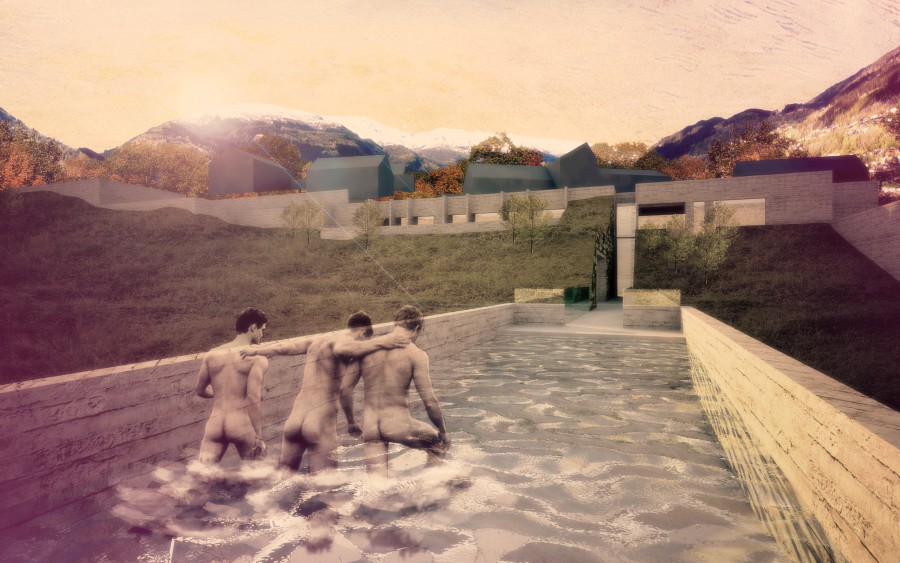 DENNIS TANG: The Bade Fjorden (Bathing Fjord) is centered around transporting visitors to an alternate world. Hidden behind a humbling threshold, this spa is a journey; with every space as a series of scenes in a grand film, it leads toward the plunge pool that thrusts itself into the vast, cinematic landscape of Voss. A hidden gem unseen at first, the spa reveals itself as a multifaceted experience that makes way for an enchanting and dramatic experience.
DENNIS TANG: The Bade Fjorden (Bathing Fjord) is centered around transporting visitors to an alternate world. Hidden behind a humbling threshold, this spa is a journey; with every space as a series of scenes in a grand film, it leads toward the plunge pool that thrusts itself into the vast, cinematic landscape of Voss. A hidden gem unseen at first, the spa reveals itself as a multifaceted experience that makes way for an enchanting and dramatic experience.
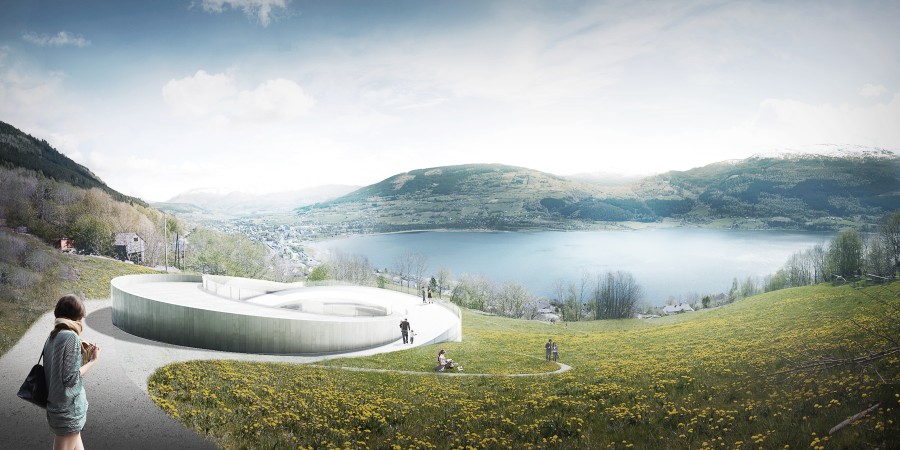 JASON WU: The experience of the spa is one that is immersive, sensuous and inventive. It is a sinuous journey where one continuously descends along the landscape and deep into the earth, where one participates in the day-to-day rituals through a progressive flow of spaces within this place of healing.
JASON WU: The experience of the spa is one that is immersive, sensuous and inventive. It is a sinuous journey where one continuously descends along the landscape and deep into the earth, where one participates in the day-to-day rituals through a progressive flow of spaces within this place of healing.
Samuel Ganton is a graduate student at the University of Waterloo School of Architecture. His thesis research focuses on designing a thunderstorm observatory on a lake in Venezuela.


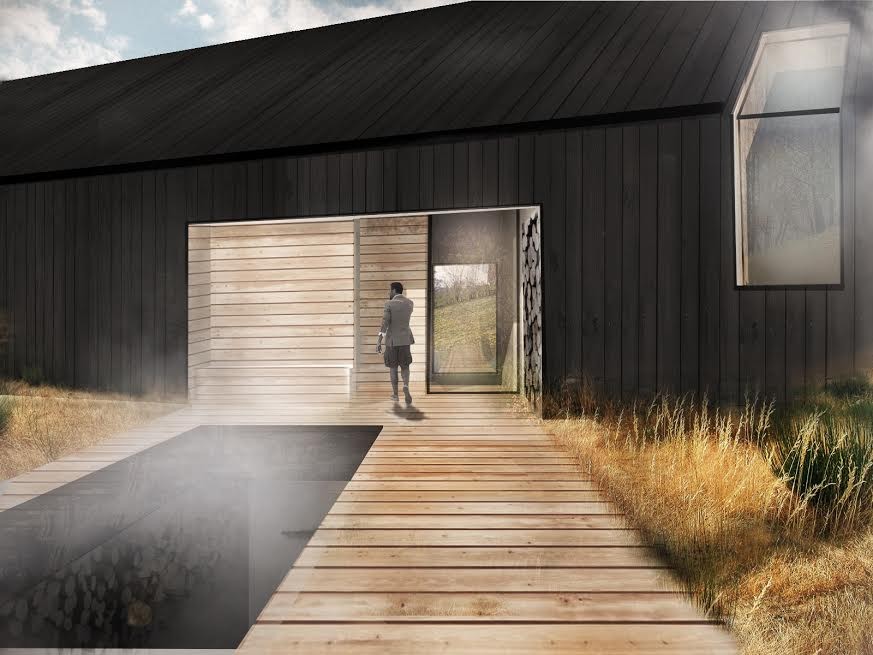
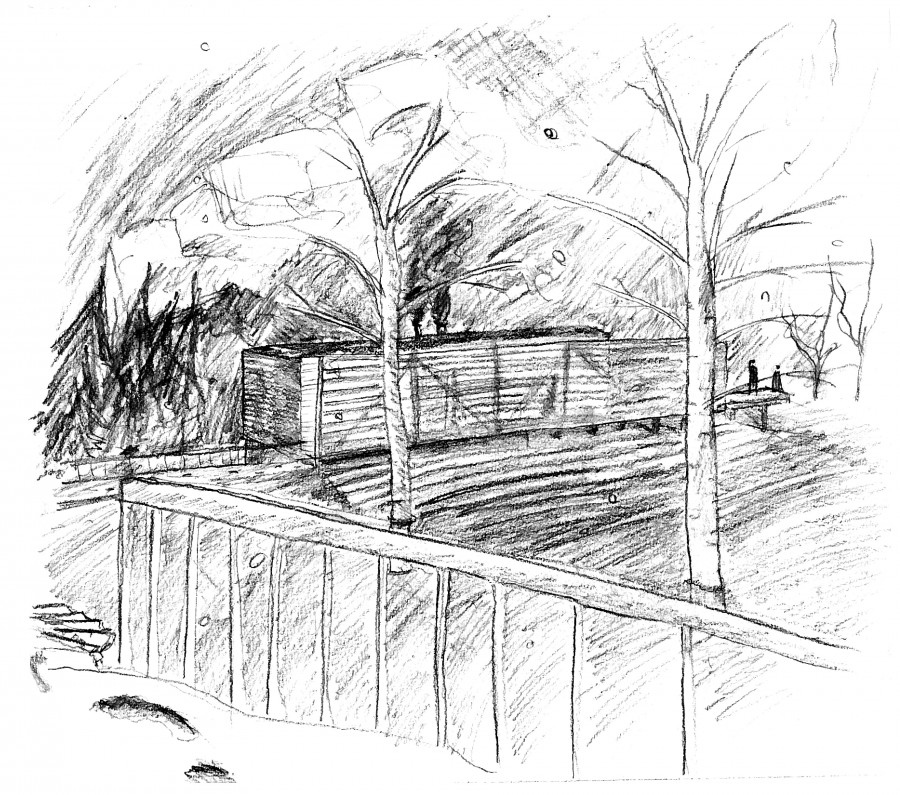
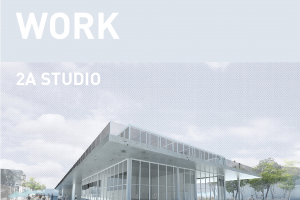
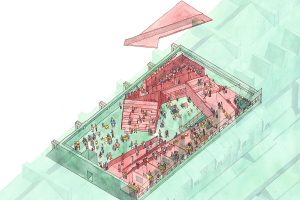

Leave a Reply